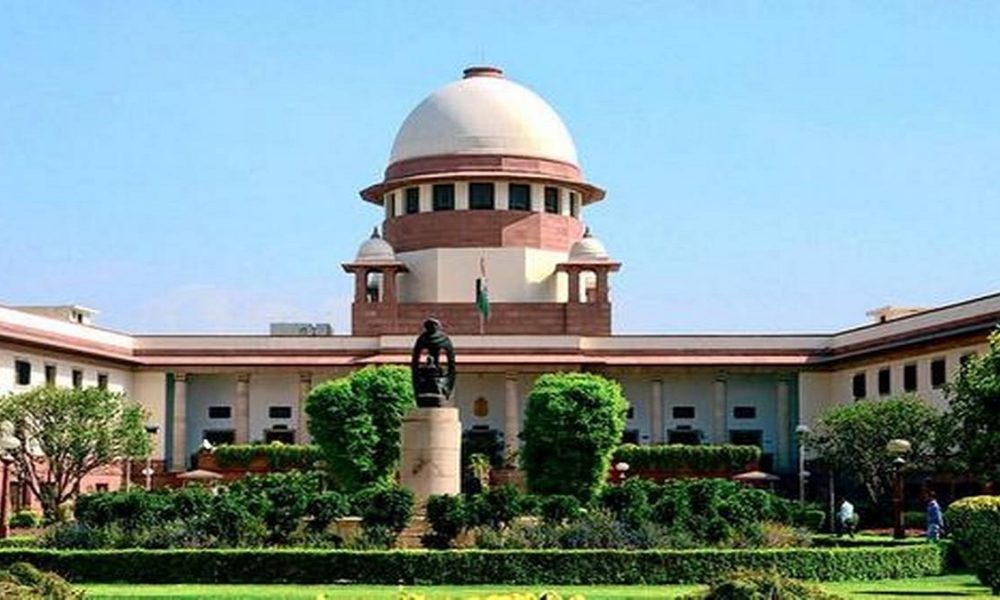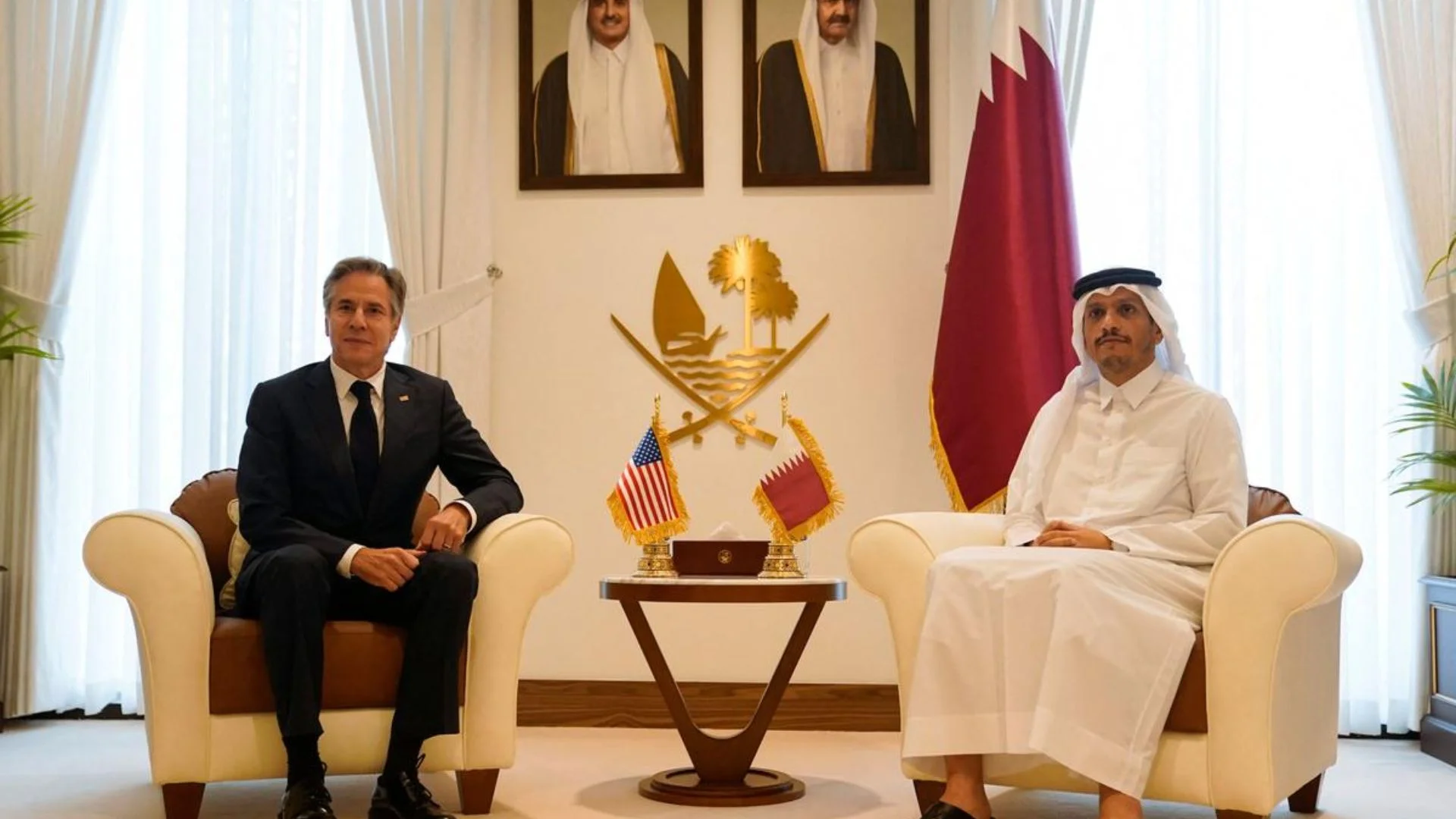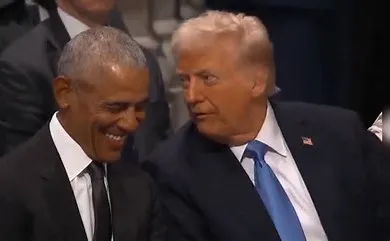The Supreme Court on Wednesday said that there was no constitutional infirmity in the “One Rank One Pension” policy introduced by the government. A three-judge Bench of Justices D.Y. Chandrachud, Surya Kant and Vikram Nath said that definition, as argued by the petitioner, is not found to be arbitrary. The court said that it does not find any constitutional infirmity on the OROP principle and the notification dated 7 November 2015.
The court disposed of the petition filed by the Indian Ex-Servicemen Movement seeking implementation of the “One Rank One Pension” (OROP) in the defence forces. The petitioner had questioned the Central government’s notification dated 7 November 2015.
The Supreme Court on 23 February reserved judgment on the Indian Ex-Servicemen Movement plea relating to One Rank One Pension (OROP) in defence forces. The Centre had apprised that Finance Minister’s speech dated 17 February 2014, was not based on any decision or recommendation by the then Union Cabinet.
The Central Government in its affidavit had said that the Centre while framing the One Rank, One Pension (OROP) regime has not brought out any discrimination between the defence personnel who were in the same rank with the same length of service. In its affidavit, the Centre had said, “The petitioners are seeking an OROP on merely same rank overlooking the same length of service.”
The Centre had filed an affidavit in response to the top court query which was hearing a petition filed by the Indian Ex-servicemen Movement (IESM). The Centre had further submitted that the contention of the petitioners defeats one of the core values of the OROP, which is not only the same rank but with the same length of service.
“This pair cannot be impaired. One cannot take only the same rank and ignore the length of service and similarly one cannot merely take the length of service and ignore the rank. The core parameter is the same rank and same length of service. It is important to highlight the expression ‘same’ appears twice as ‘same rank’ and ‘same length of service’. By any stretch of the imagination, it cannot be read as the same rank different length of service or same length of service different ranks,” the Centre submitted.
Earlier, way back on 7 November 2020, on the “momentous” occasion of five years of OROP, Prime Minister Narendra Modi had saluted soldiers for courageously protecting the nation. “Today, five years ago, India took a historic step towards ensuring the well-being of our great soldiers, who courageously protect our nation. #5YearsOfOROP is a momentous occasion. India waited for OROP for decades,” Prime Minister Modi had tweeted. “I salute our veterans for their remarkable service!” he added.
The Centre has disbursed over Rs 42,700 crore to 20.6 lakh retired Defence personnel under the OROP scheme since its inception, the Defence Ministry had said on 6 November 2020. “The yearly recurring expenditure on account of OROP is about Rs 7,123 crore and for about six years, starting from July 1, 2014, the total recurring expenditure worked out to approximately Rs 42,740 crore,” the Ministry had said.
The OROP scheme has been effective since 1 July, 2014. Under the scheme, the armed forces personnel retiring in the same rank with the same length of service gets the uniform pension, regardless of their date of retirement.























